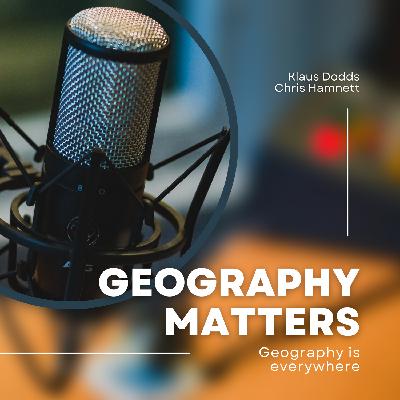The global food system and its problems
Description
This episode follows on from the previous one 'Where does our food come from?' This episode focuses more on food consumption but also touches on food production. Our starting point is the global food supply system from which most people in the developed world now get their food. The main distribution network are the supermarkets which all have integrated food supply chains. This means that whether we shop at Aldi, Lidl, Tesco, Sainsburys, Waitrose, or Asda (Walmart in the US or Carrefour in France, Denner or Migros in Switzerland) we are probably all going to get an all year round supply of fruit and vegetables coming from a wide range of places across the globe. Each of the supermarkets has a team of specialist buyers whose job is to ensure that we are able to get a year round supply of grapes for currently about £2 for half kilo. And a supply of frozen prawns from Thailand, Vietnam, or Honduras. But of course all of this requires long food supply chains, whether by truck within Europe or the USA ory ship or air. But these food production chains (particularly beef) generate considerable C02 as well as nitrogen fertilisers pollution. This raise big questions about the long term sustainability of such food systems. Meanwhile, in many less developed countries, food production causes problems of deforestation, soil erosion and is prone to drought, civil war and other problems. And within the developed countries there are sometimes political protests by farmers who feel they are being undercut, or by concerned citizens who object to some intensive food production processes - chlorinated chicken or hormone feed beef for example. Currently Britain only produces about 54% of the food that we consume which raises questions about food security in the event of any global conflicts if we were forced back just on national food production. .





